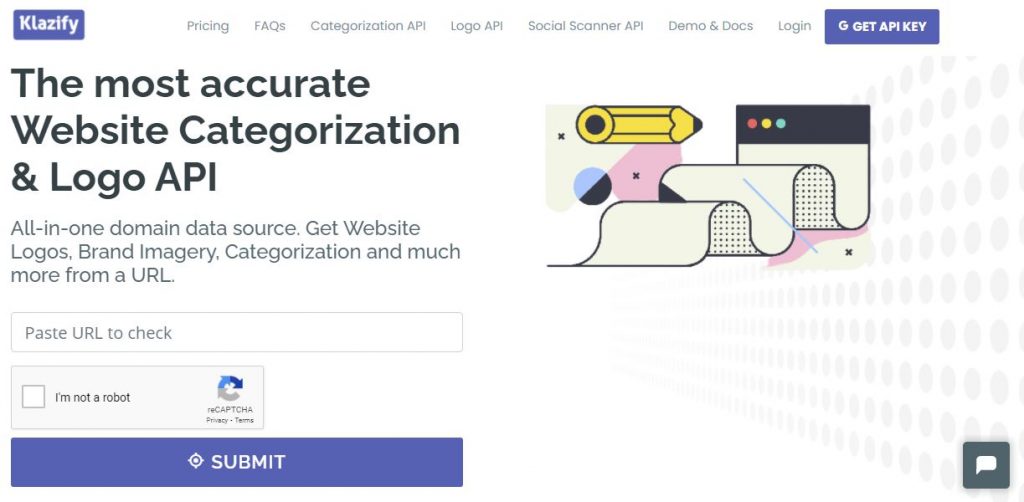Do you want to enrich your leads data but don’t know how? Use an API!
Lead data is any information that gives a picture of who your leads are. Gathering this information provides you with the context you need to properly understand their pain areas and goals, their present demands, and how your solution may solve them.
Name, email address, phone number, education, industry, title, role, news about leads, purchase intent signals, point of contact, date of contact, lead score, reason for contact, location, business size, and company news are all examples of lead data.

Armed with lead data, your sales staff can directly engage with prospects, demonstrate that they “understand” them, and personalize their pitches to their prospects’ individual position, which is far more effective than going in blind when attempting to close a sale.
Lead data may also assist your marketing team in developing more effective campaigns. They may use it to gain a better understanding of your audience, generate lookalike audiences on Facebook, and retarget visitors who have previously visited your website or engaged with your content.
There are several techniques for gathering lead data, but the most customer-centric solutions enable prospects to proactively provide their information with your organization. However, the real question should be how to enrich that data. For example, you put a form on your website and ask for the user’s details. Then, that information can give you unlimited data about your clients. But how is that?
Well, the most common way to do that is by using an API. In layman’s terms, an Application Programming Interface is a communication interface that links and allows two computers or programs to interact. It gathers the information you requested and then sends it back to you.
How to Make Use of an API
You might be surprised by the number of APIs available online for a variety of applications. These are used on a variety of websites that we visit on a daily basis. However, not all of them can provide you with the opportunity to enrich leads data, so you should be cautious about which one you select to avoid wasting time and money.
To assist you with this and to continue explaining this to you, we will utilize Klazify, which is now one of the most popular and extensively used APIs. This application uses Natural Language Processing (NLP) to detect online information, as well as a Machine Learning Engine to assess the content and meta tags of a website.

To acquire the data, you must first perform the following steps:
- Create an API key at www.klazify.com.
- Locate and copy any domain or email you wish to classify into the specified section. Submit it once you’ve verified that you’re not a robot.
- The API answer will then be delivered to you in one or more programming languages.
- Locate and save the desired result. You can then use it anyway you see appropriate.
By only doing this, you can obtain a lot of personal information about a client by using their website’s URL or their personal email. Is as simple as that and you can use this data to improve the way you work and get better results with every decision you make.
Why Klazify?
Klazify is a search engine that categorizes webpages and businesses based on their speciality. Its mission is to find, compare, and categorize the best websites on the internet (up to 3 levels). Their search engine uses deep learning algorithms, which are not only more accurate than conventional classifiers, but also more resilient, allowing us to deal with erroneous input data. The confidence level is calculated by our API and indicates Klazify’s level of faith in the categorisation. It can vary between 0 and 1, with 1 denoting perfect certainty and 0 denoting utter uncertainty.
This API connects to a specific site or URL, gathers data, and then categorizes it into over 385 distinct categories for one-to-one personalization using the IAB V2 Standard Classification taxonomy. Because of Klazify’s domain classification, customers may easily supply services such as Internet filtering, subscriber statistics, advertising networks, and fraud protection.

